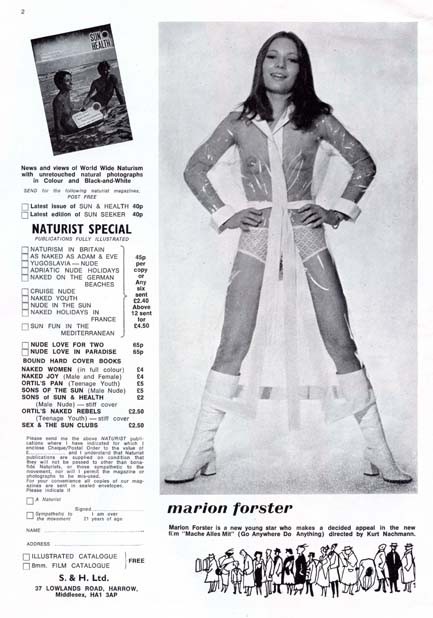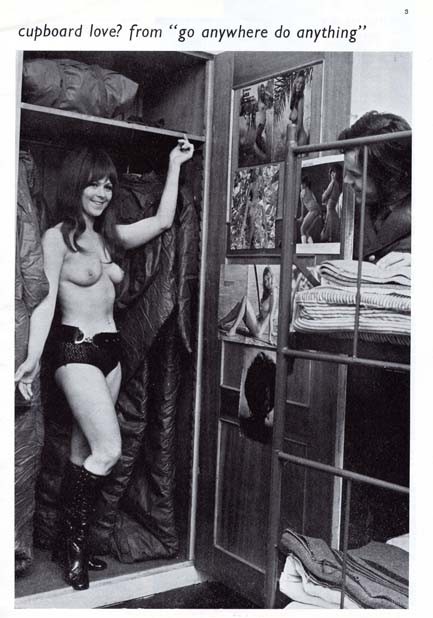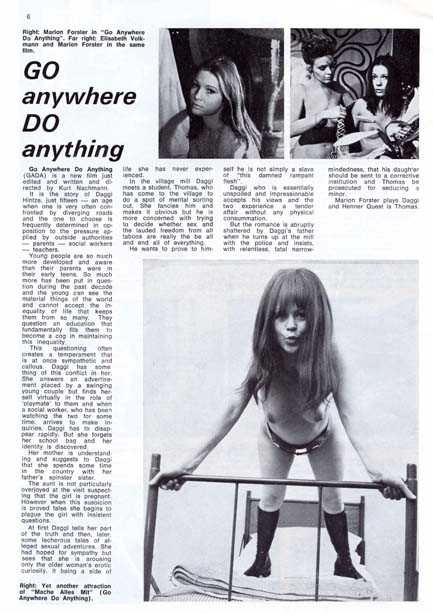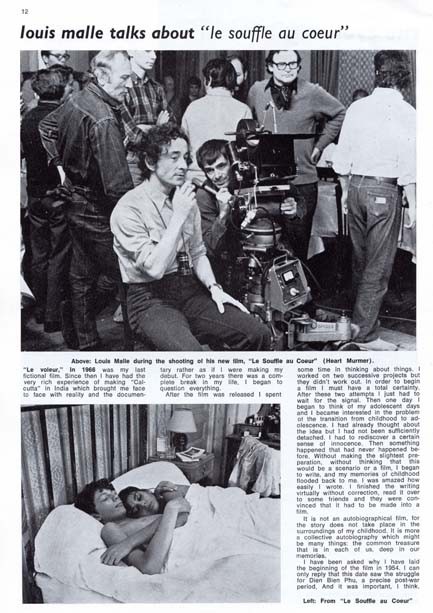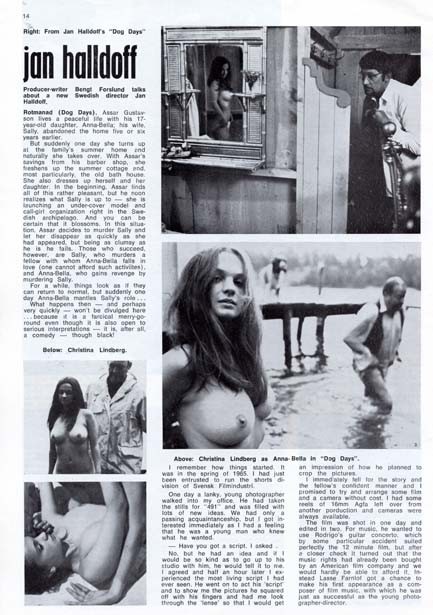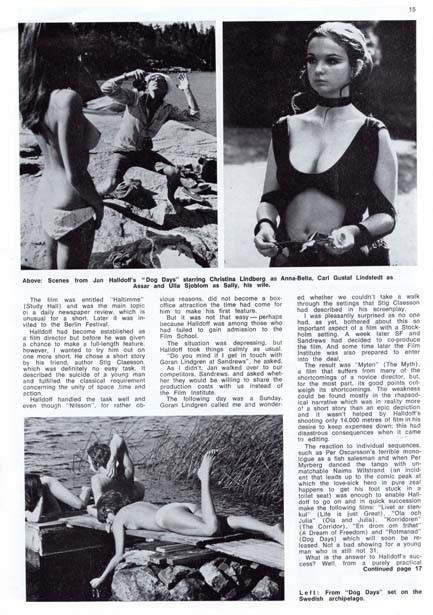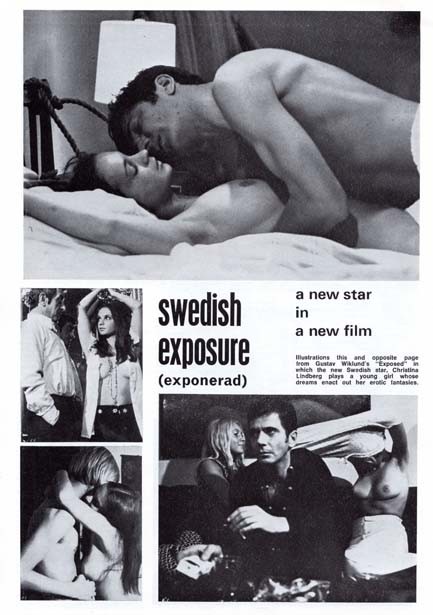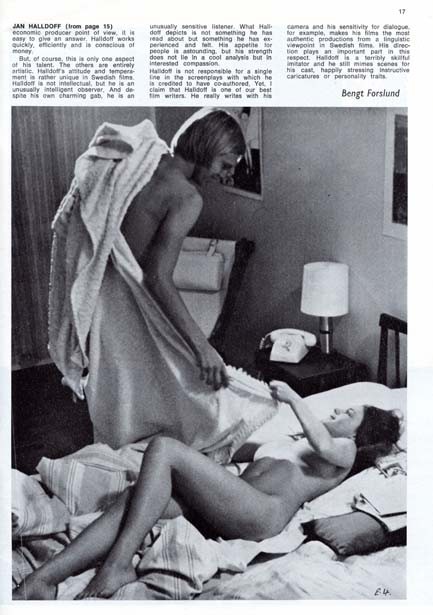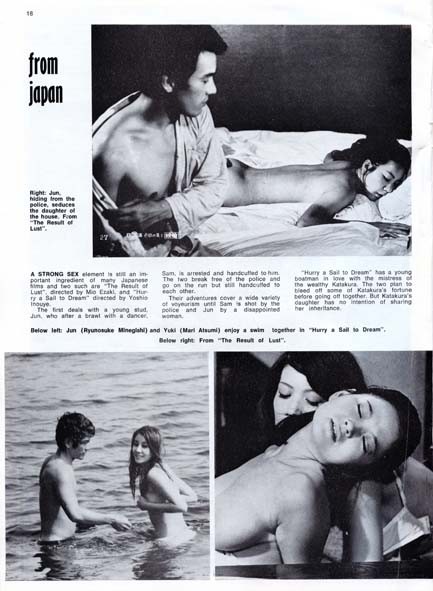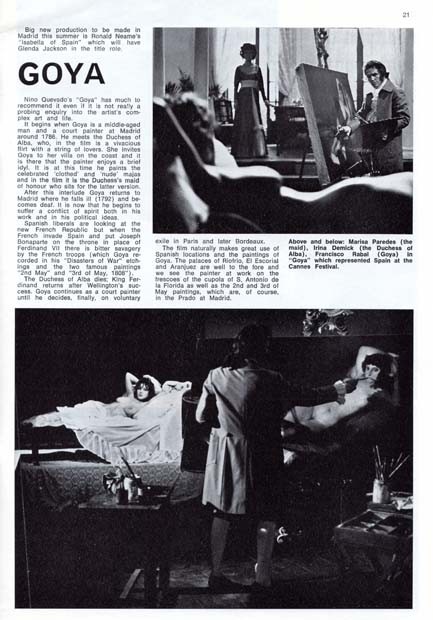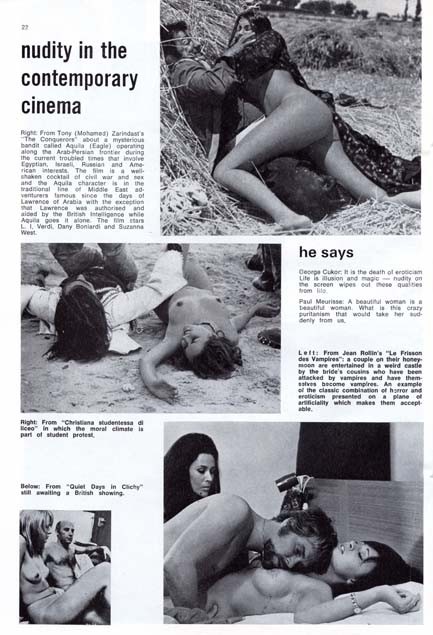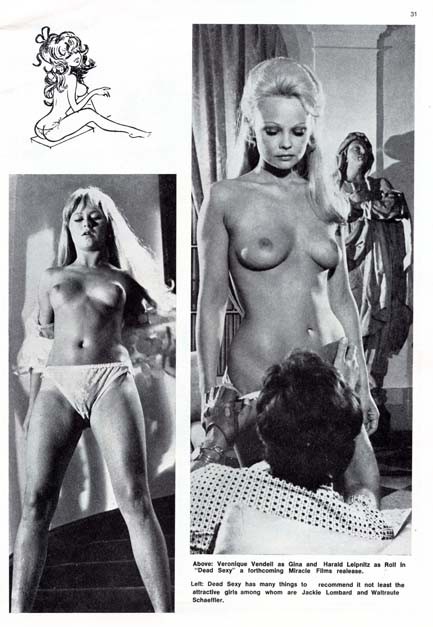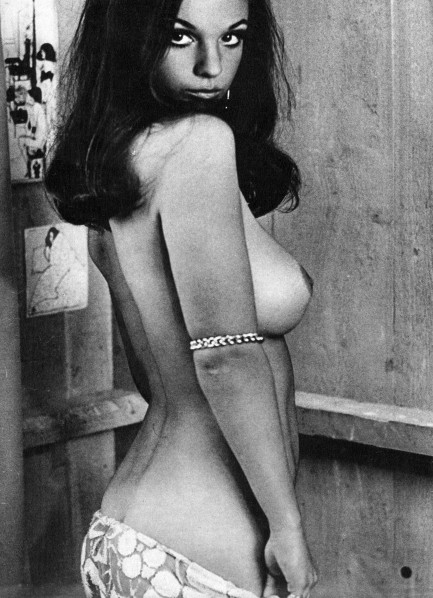| Intl. Notebook | Jul 23 2024 |


Above is the cover of the July 1967 issue of Continental Film Review, a magazine produced by London based Eurap Publishing, which updated readers on the latest developments in European cinema. This issue focuses on the Netherlands, Yugoslavia, Sweden, Greece, Italy, and the Cannes Film Festival.
Here's an interesting quote from within: An indication of Italy's mammoth production appeared in an Italian trade journal a few weeks back which listed thirty-eight films premiered in the previous few weeks, seventy-six ready to be premiered, twenty being edited, forty-four in production, twenty-one about to start shooting and thirty-one being prepared, making a total of 230 films (including, of course, co-productions).
You probably think that's an enormous number, but last year Italy released 356 films. It's amazing how much there is to see from other countries if you care to look, and that's largely what Continental Film Review was about. We have twenty-plus scans below, and other issues scattered here and there in places around the website.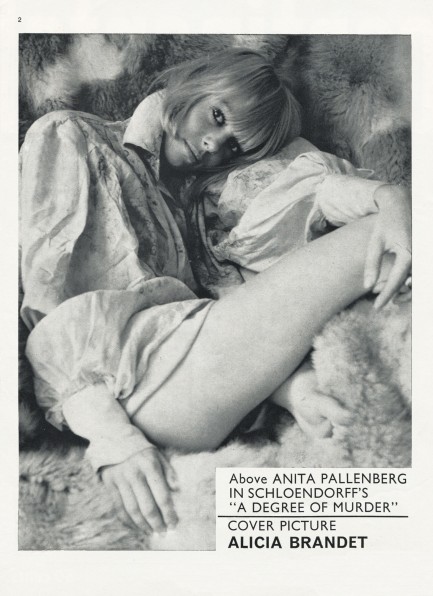

























| Intl. Notebook | May 26 2020 |

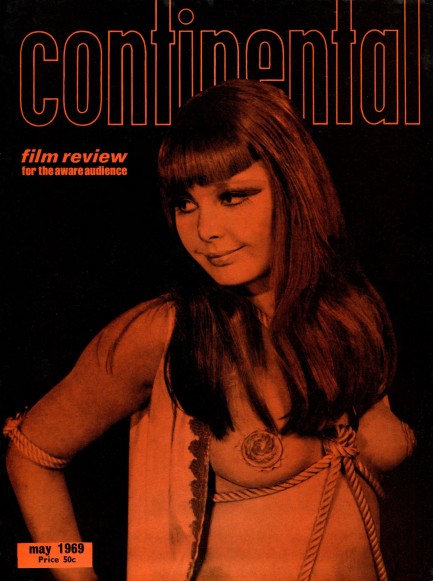
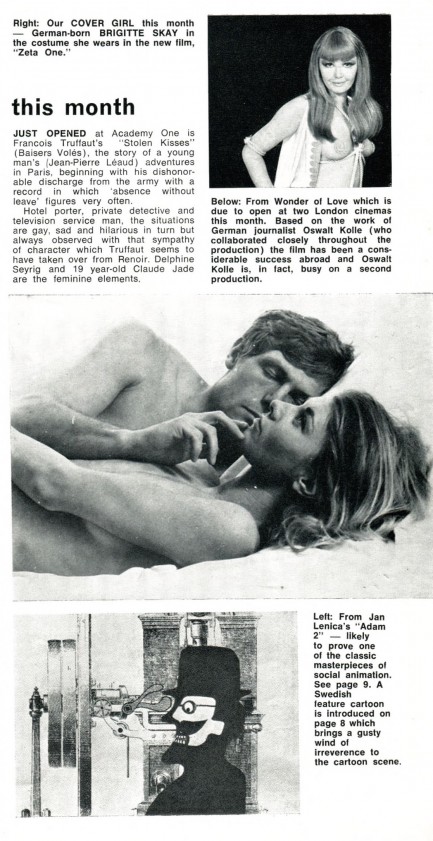
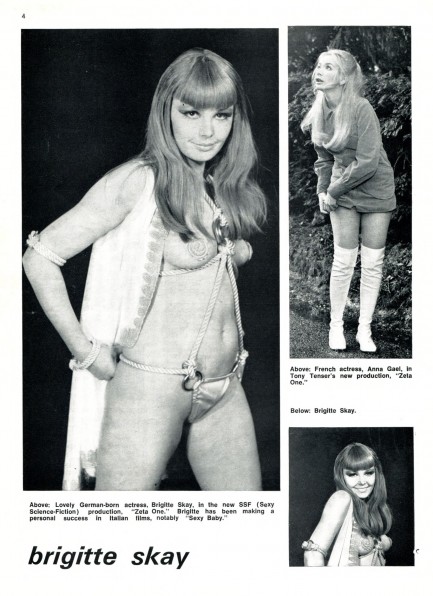

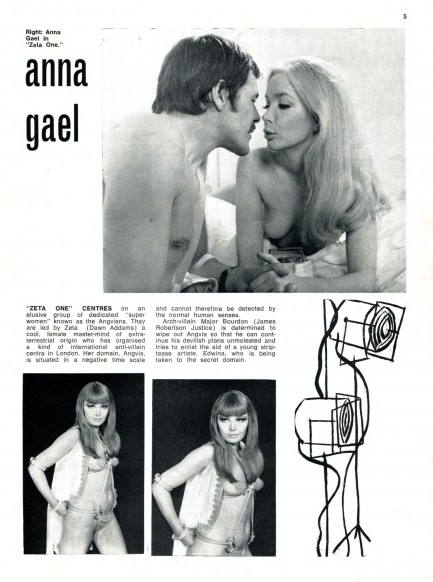
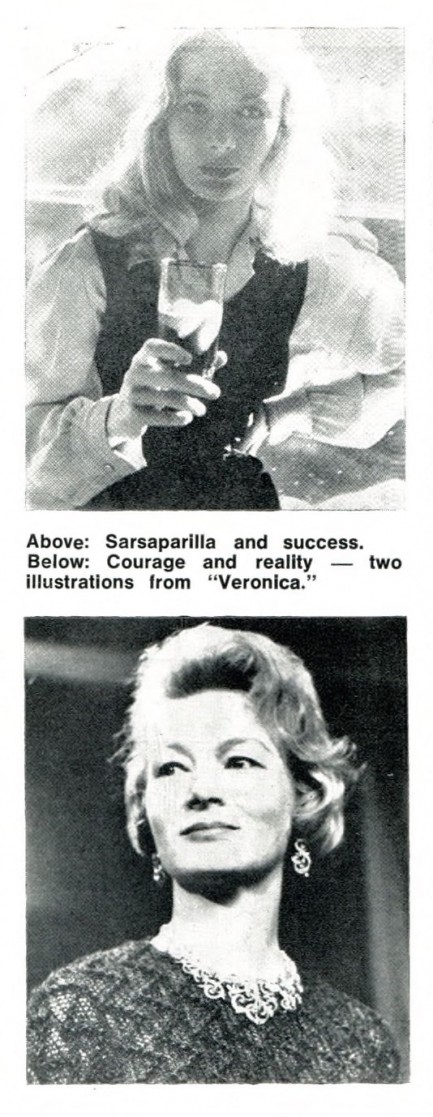
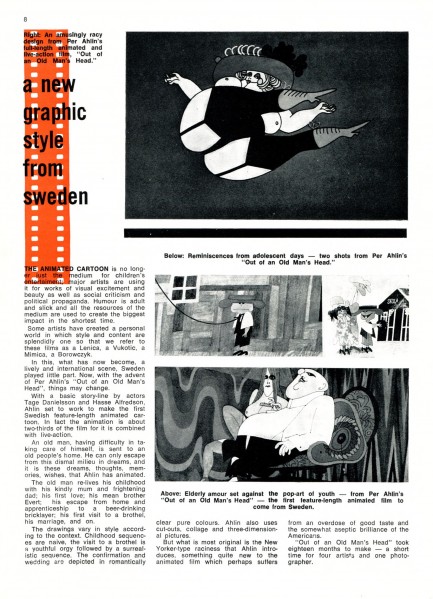
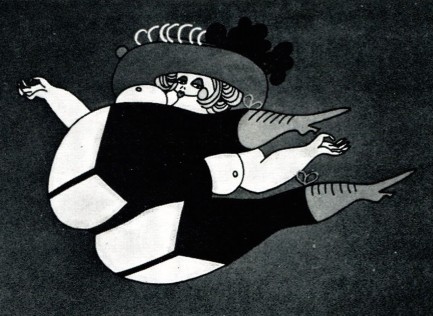
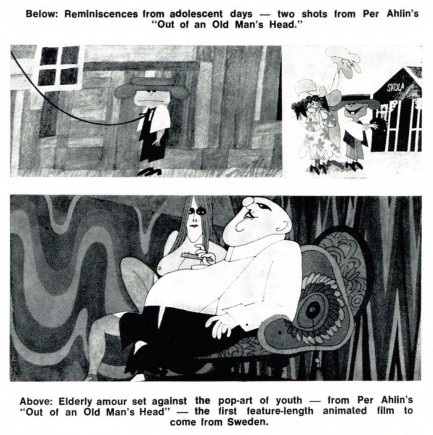
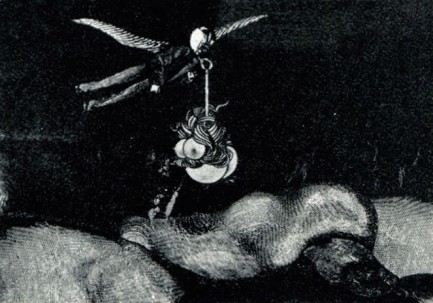
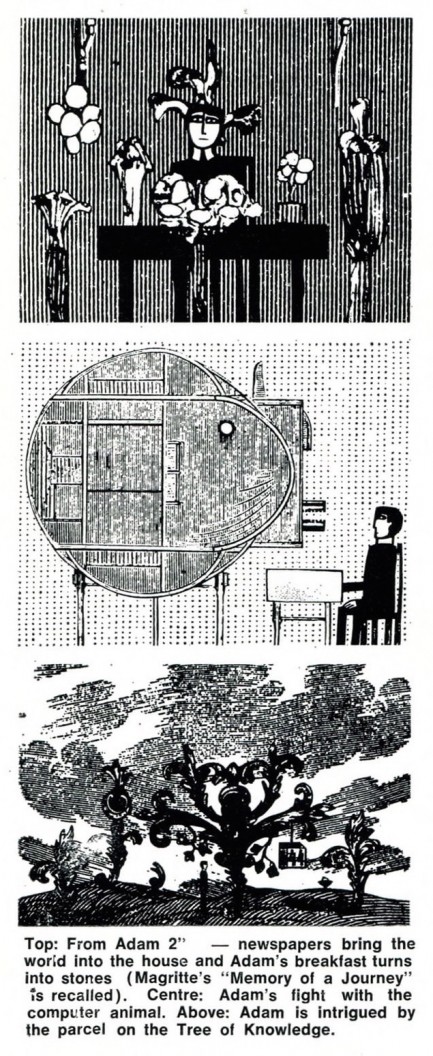
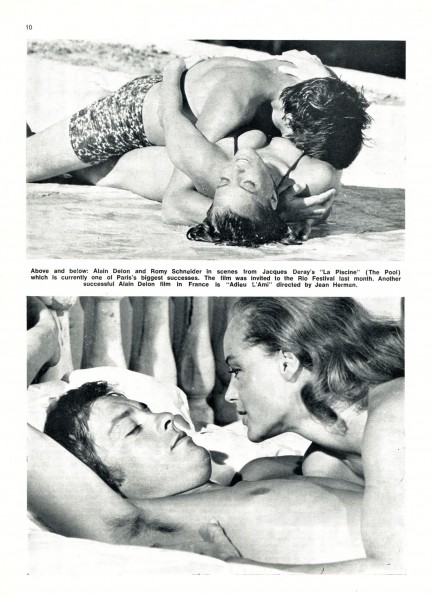

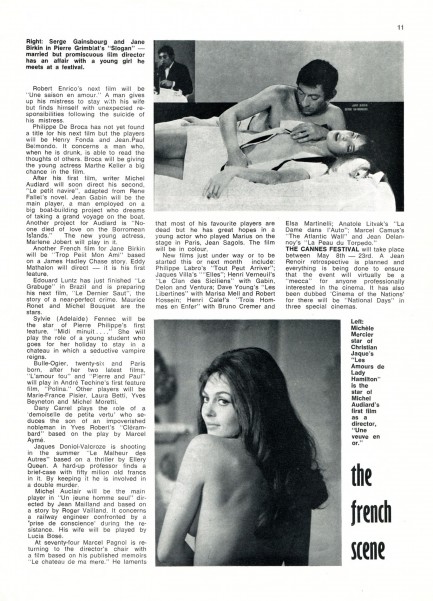
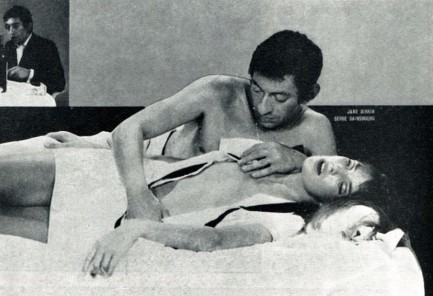
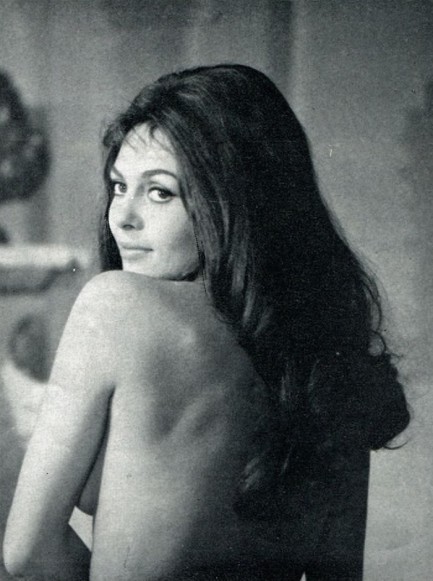
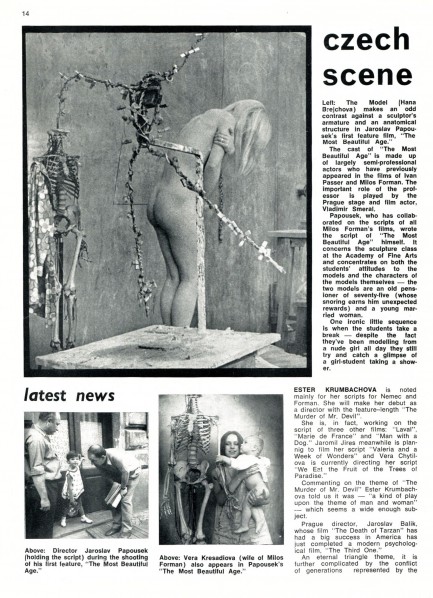
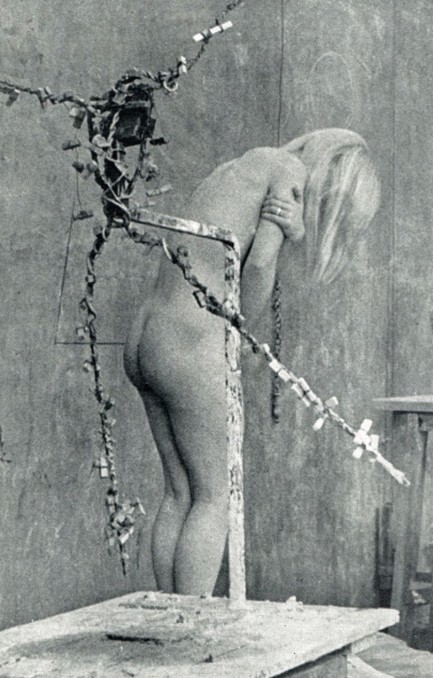
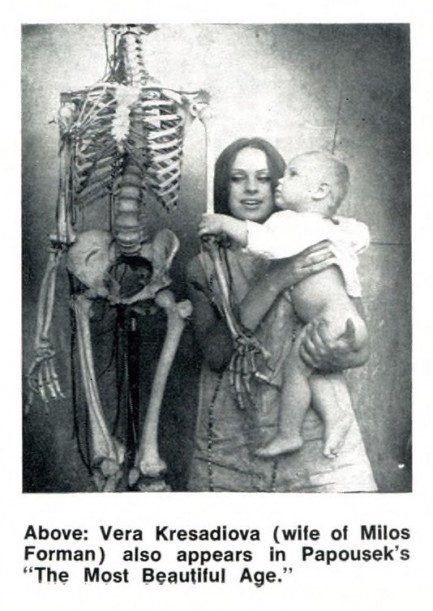
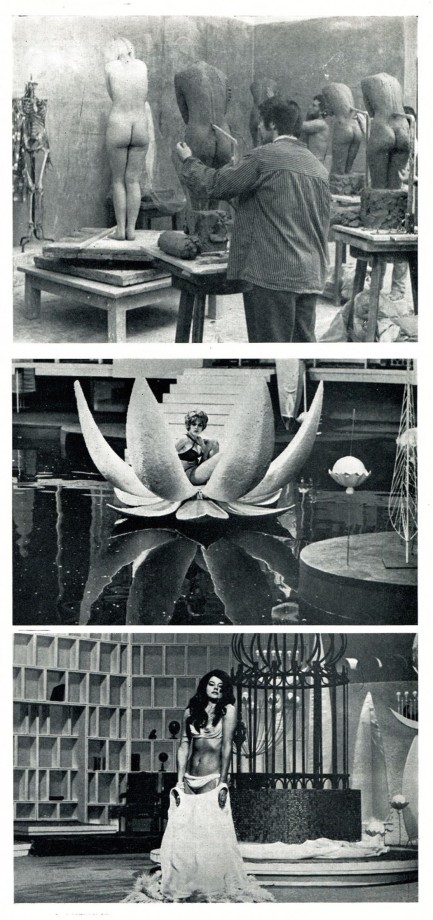
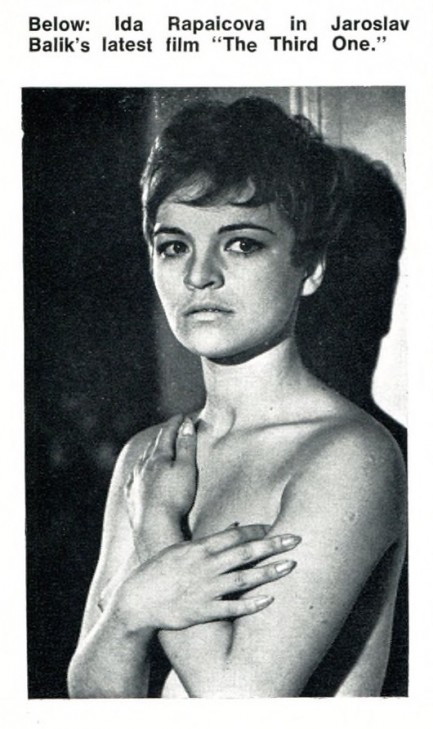
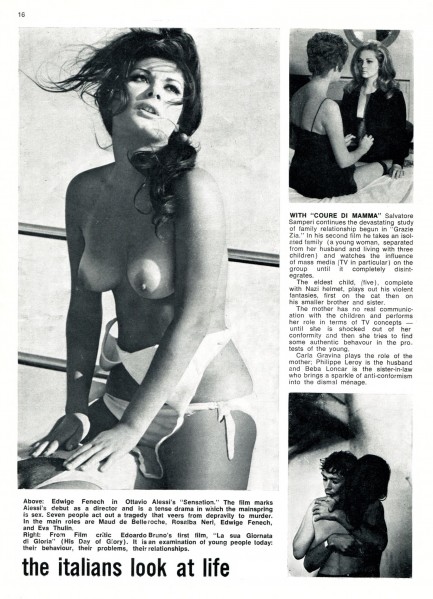
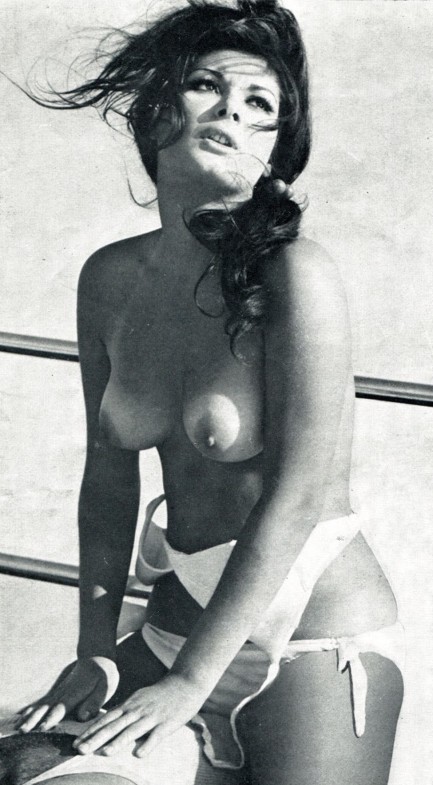
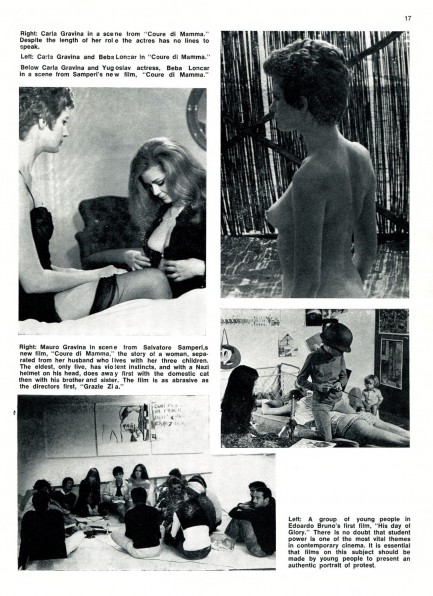
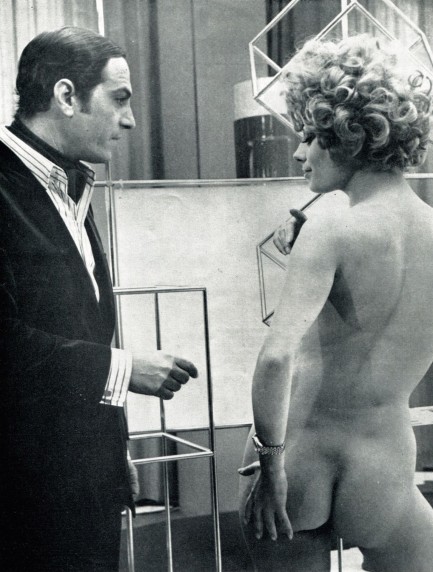
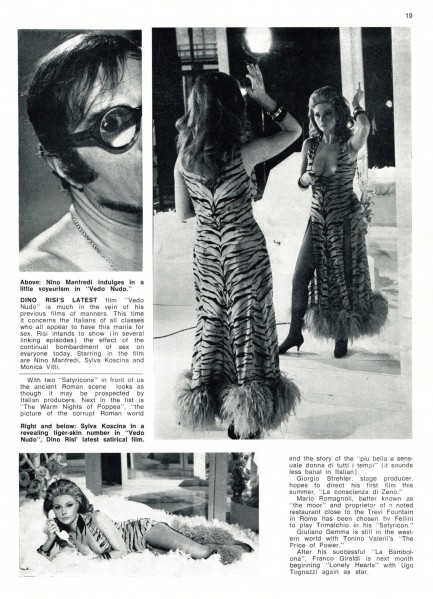
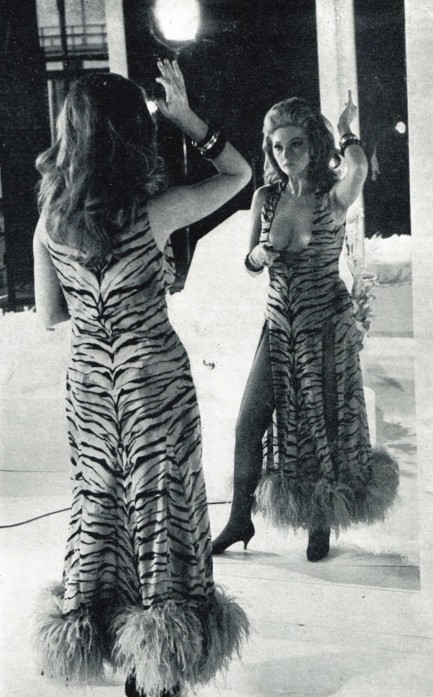
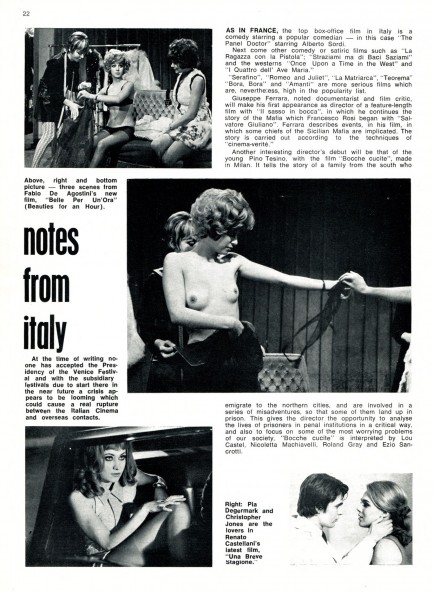
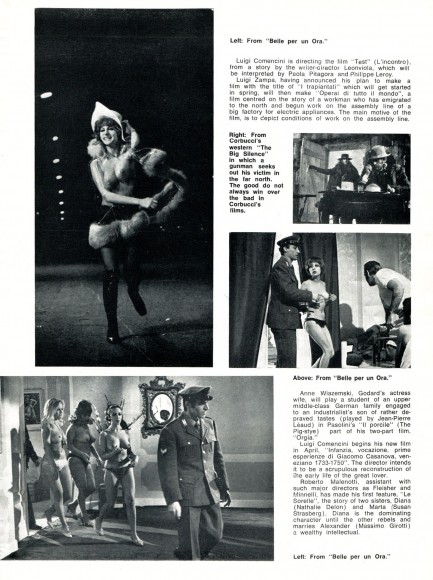
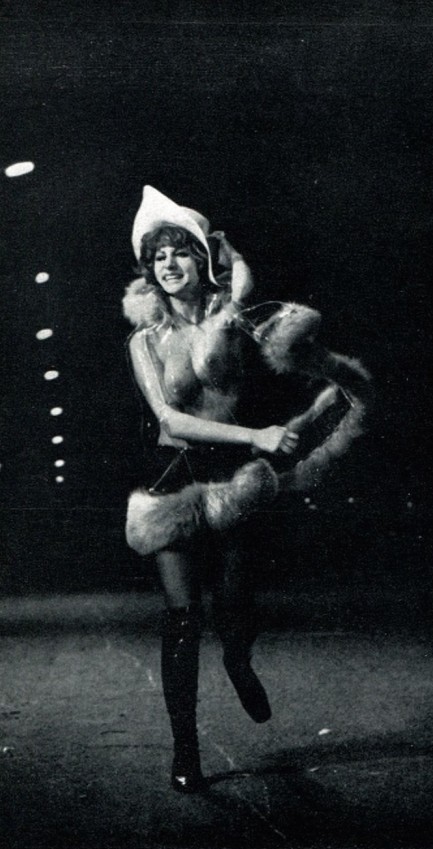
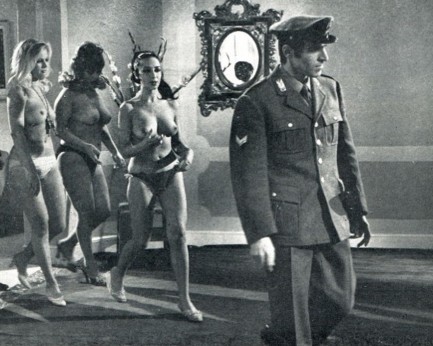
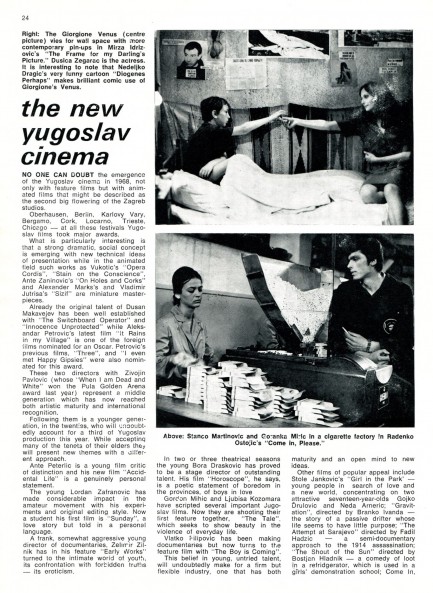
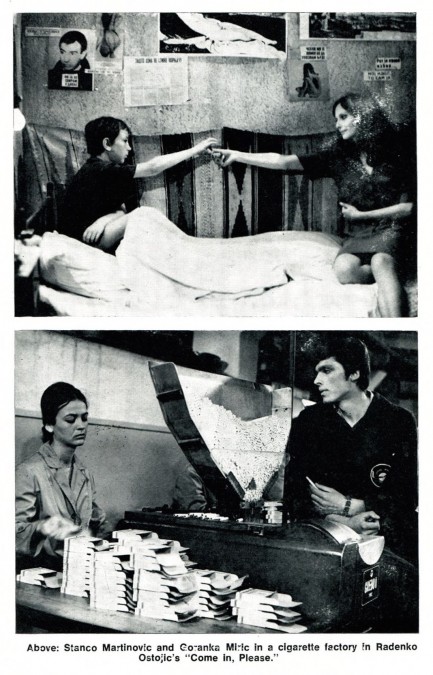
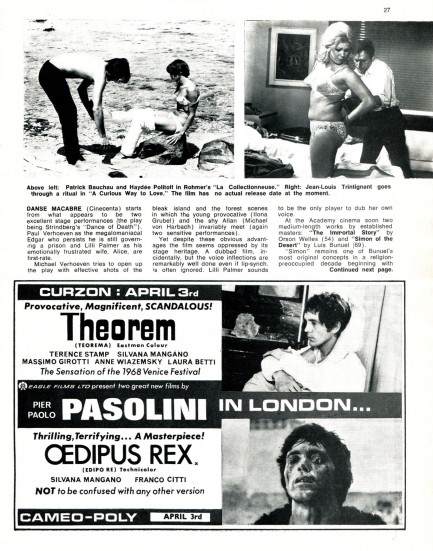
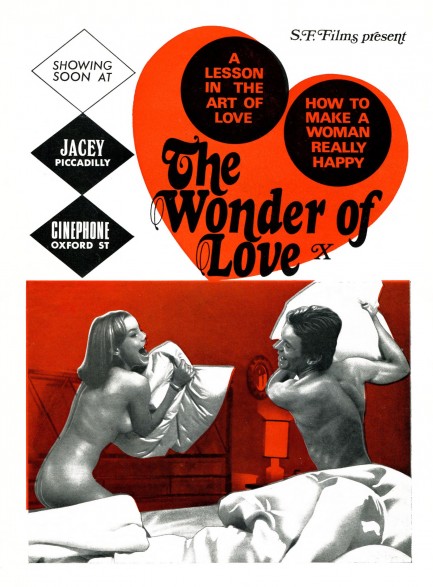
| Intl. Notebook | Sep 30 2019 |

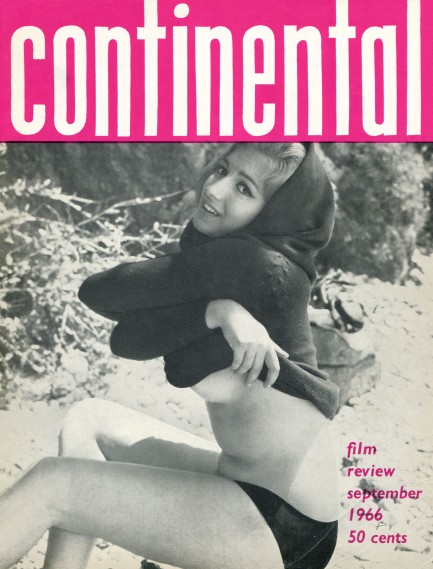
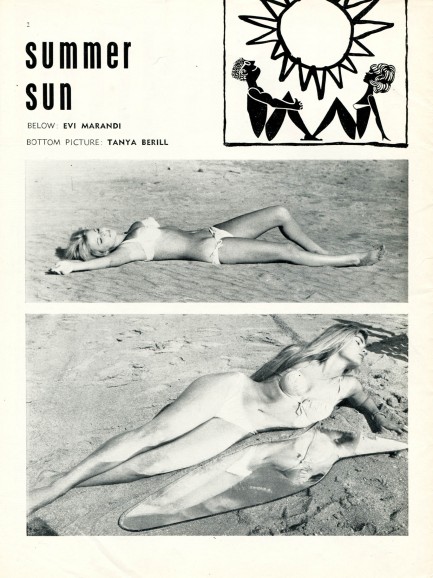
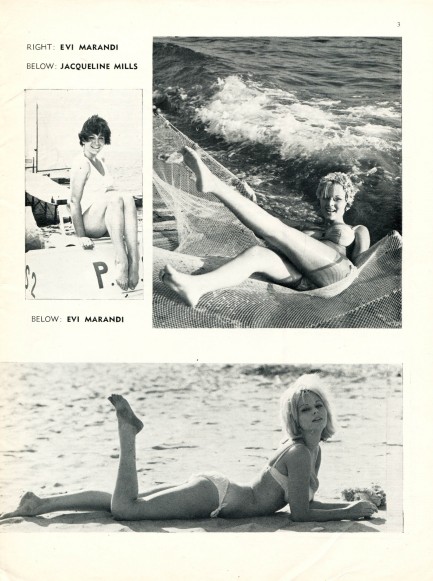
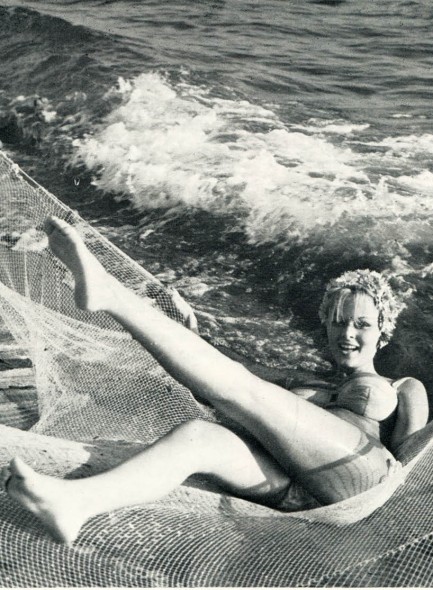
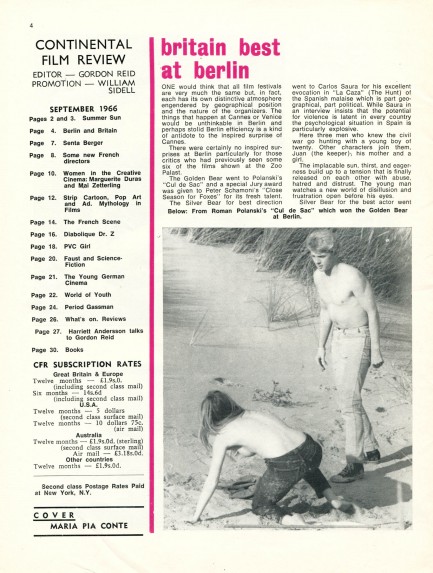
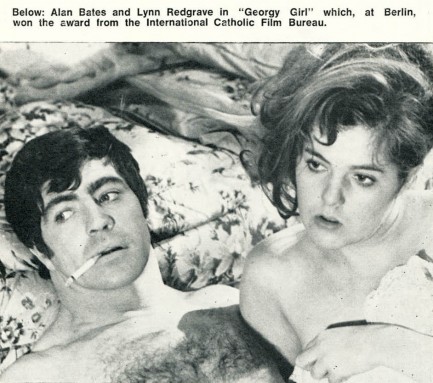
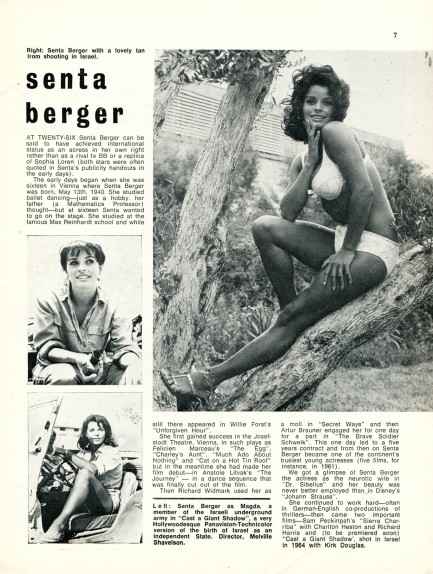
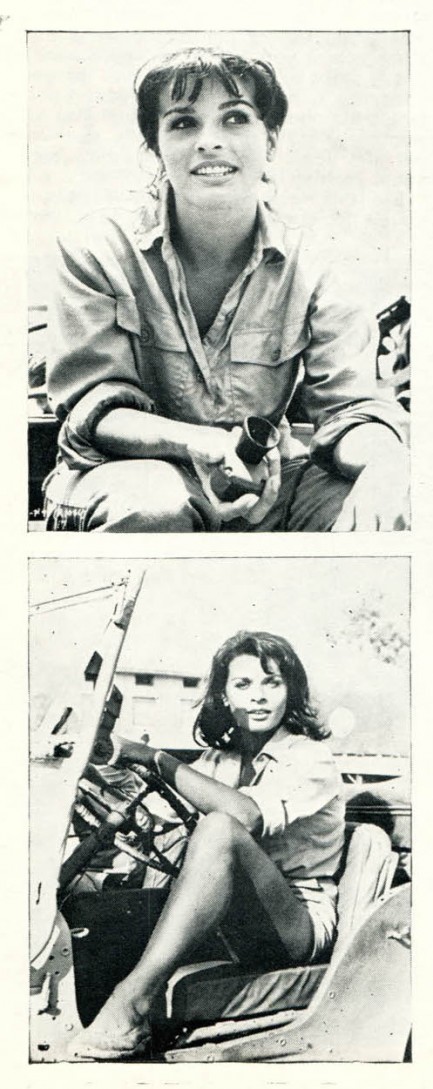
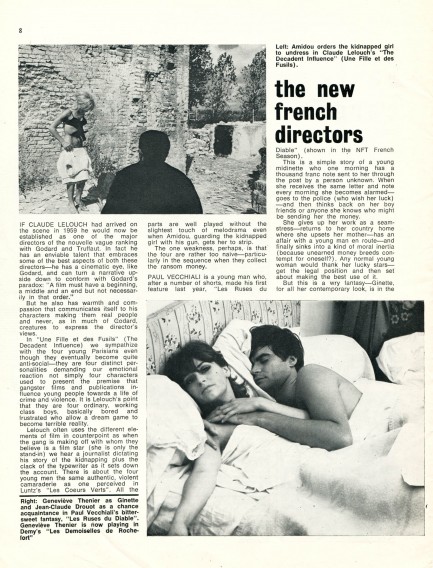
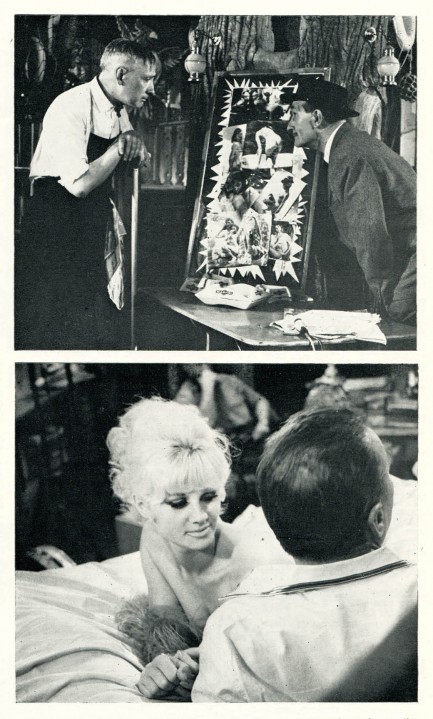
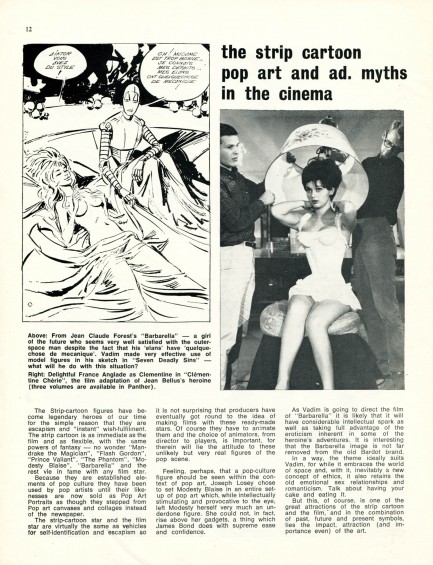
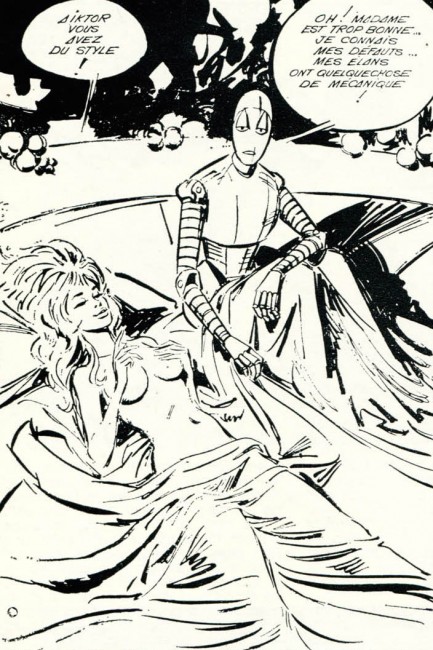
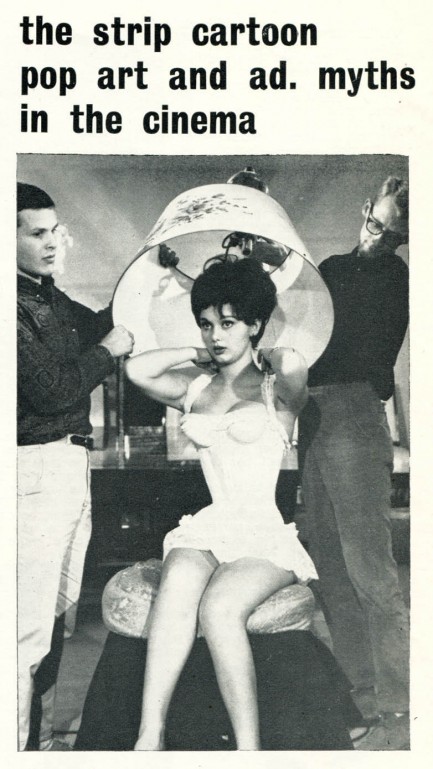
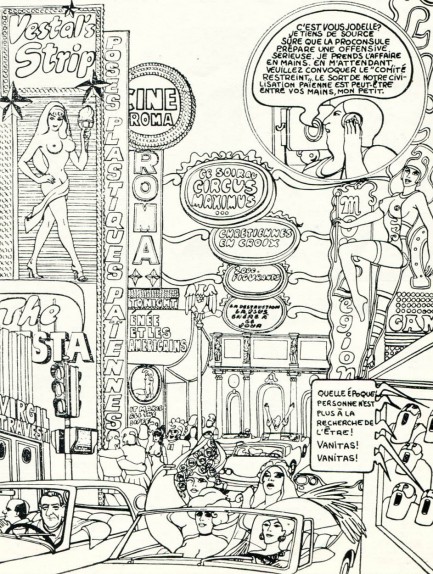
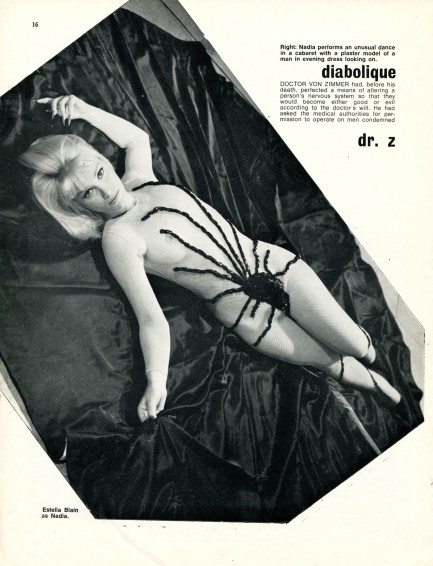
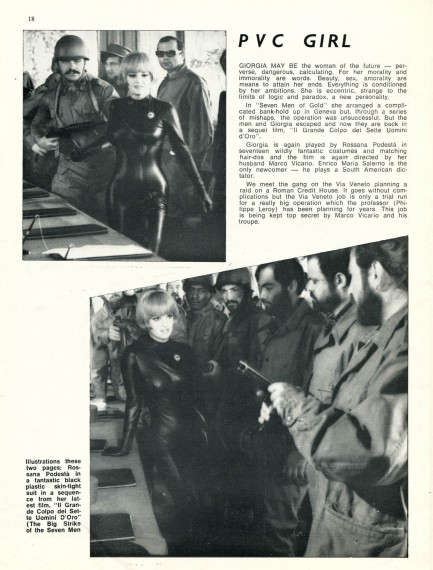
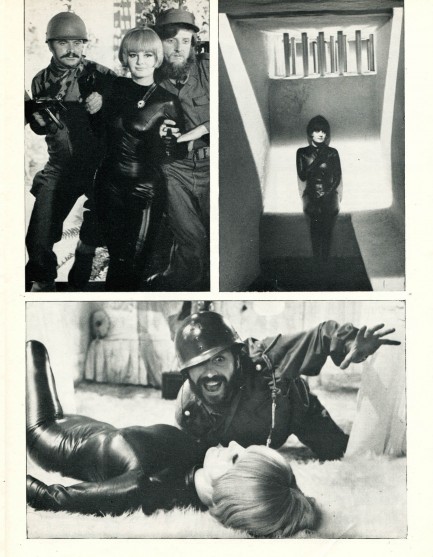
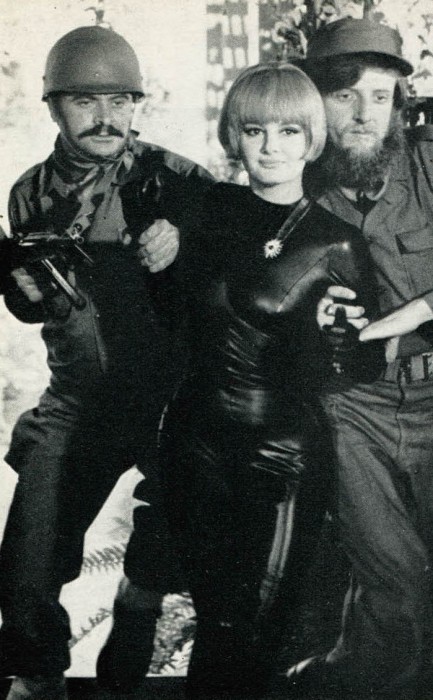
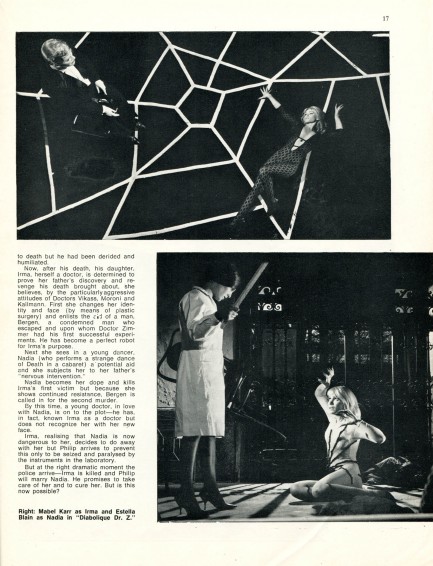
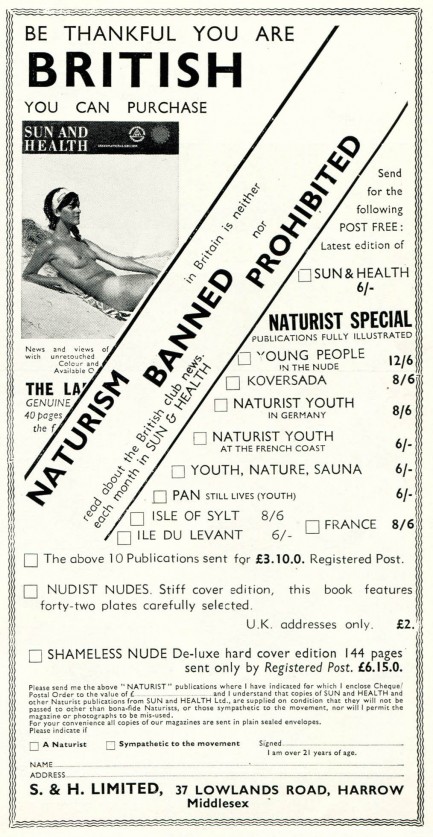
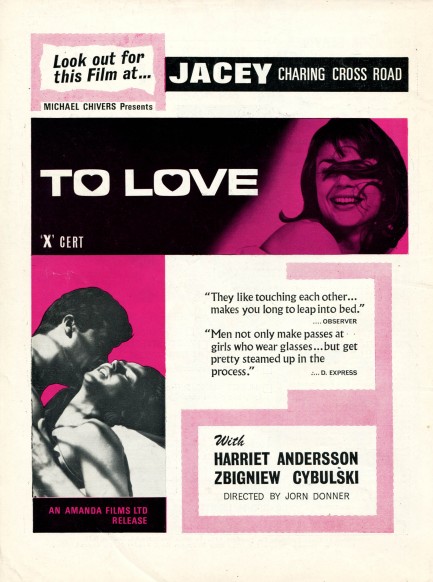
| Intl. Notebook | Aug 18 2012 |

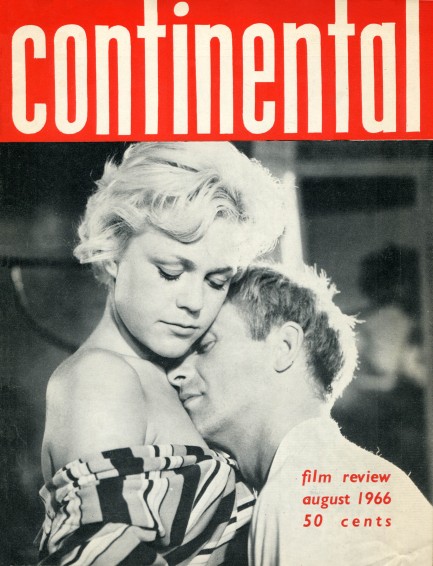
We’re showing you this August 1966 Continental Film Review for one reason—Raquel Welch. She appears in both the front and back of the magazine, and the latter photo was made while she was in the Canary Islands filming One Million Years B.C. That photo session featuring a blonde, windblown Welch was incredibly fruitful, at least if we’re to judge by the many different places we’ve seen frames from the shoot, including here, here, here and especially here. There had not been a sex symbol quite like Welch before, and in 1966 she had reached the apex of her allure, where she’d stay for quite a while.
On the cover of the magazine are Christina Schollin and Jarl Kulle, pictured during a tender moment from the Swedish romantic comedy Änglar, finns dom? aka Love Mates. Inside you get features on the Berlin and San Sebastian film festivals, Sophia Loren, Nieves Navarro, Anita Ekberg, and more. CFR had launched in 1952, and now, fourteen years later, was one of Britain’s leading publications on foreign film. It was also a leading publication in showing nude actresses, and in fact by the 1970s was probably more noteworthy for its nudity than its journalism. The move probably undermined its credibility, but most magazines—whether fashion, film, or erotic—began showing more in the 1970s. CFR was simply following the trend, and reached its raciest level around 1973, as in the issue here. Fifteen scans below.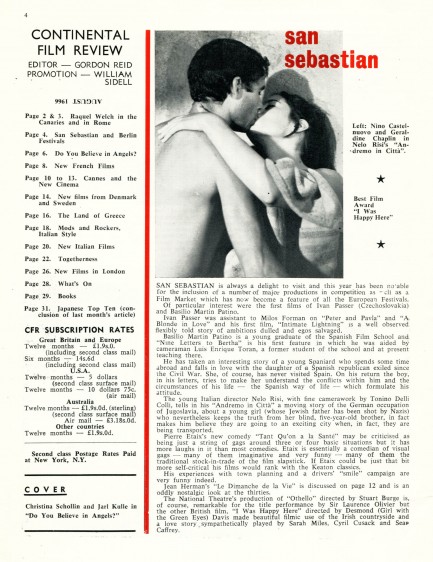
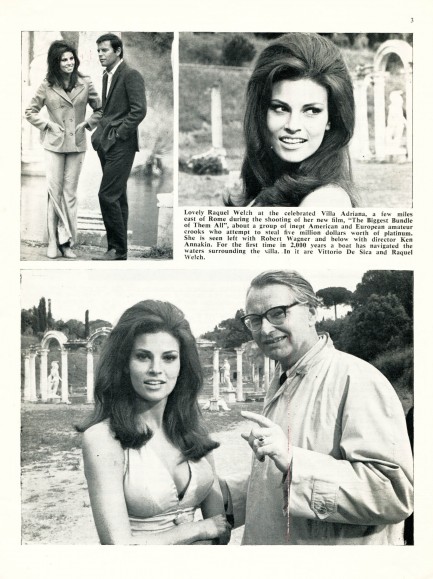

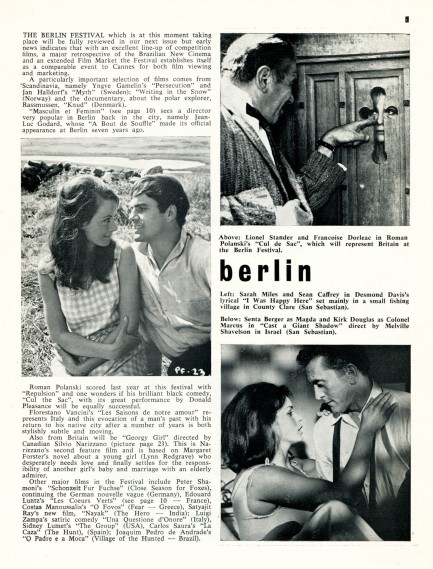
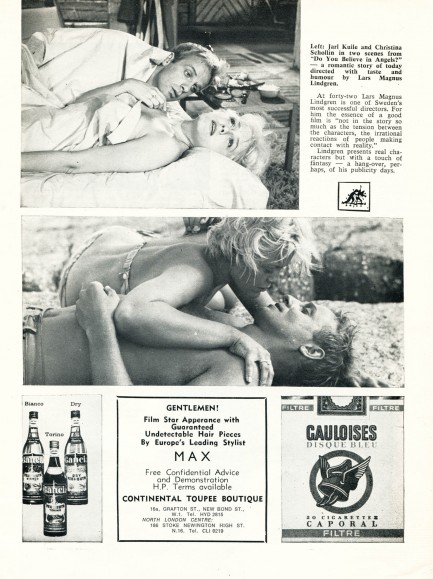
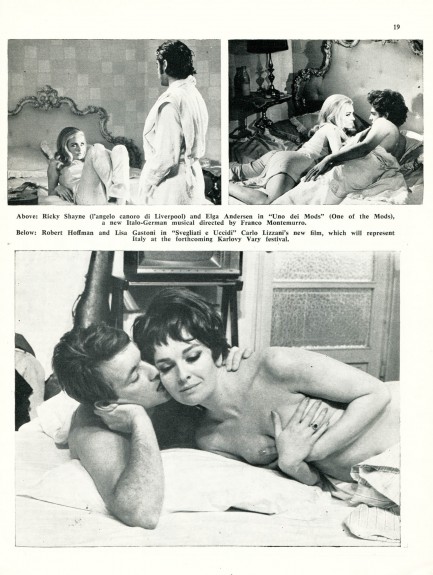
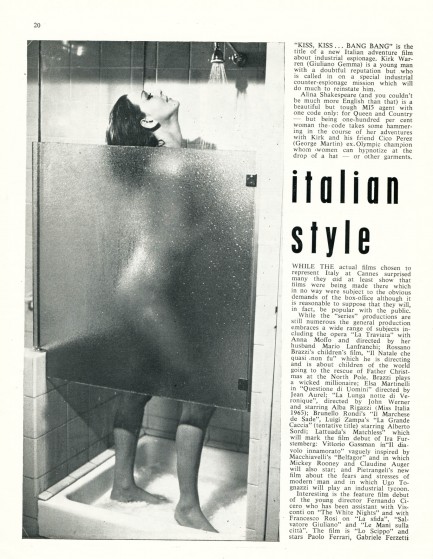
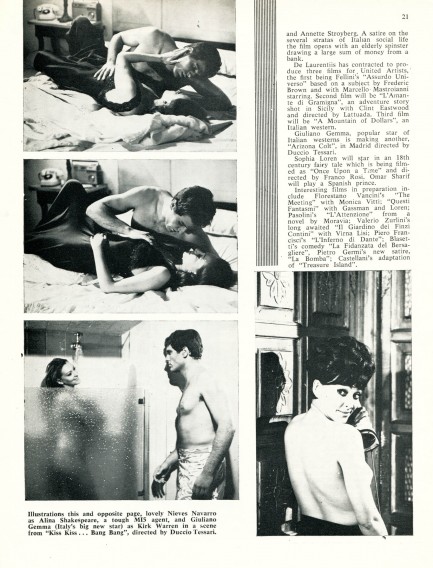
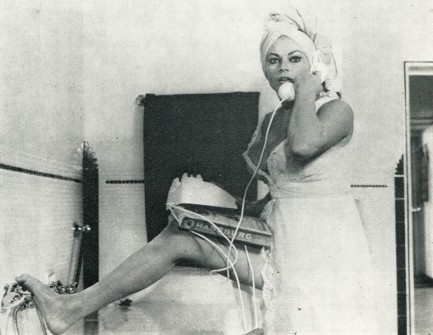
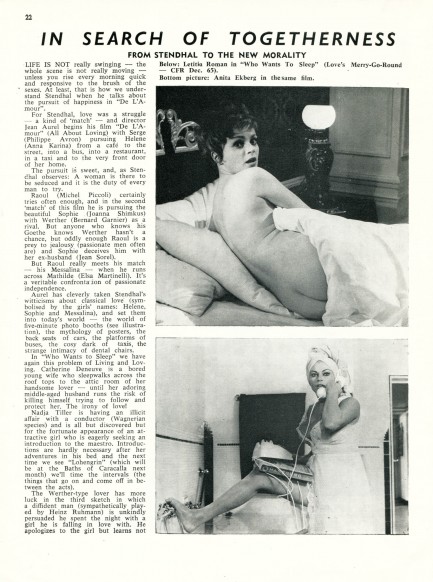
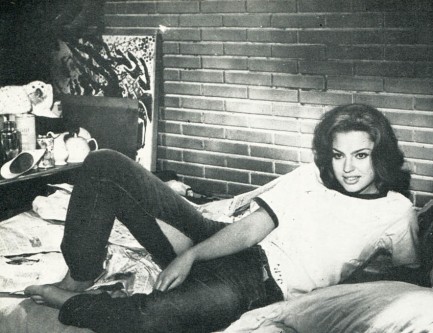

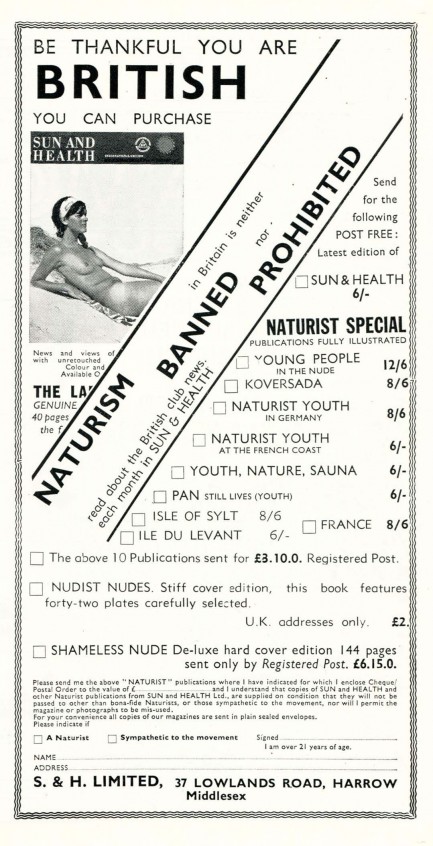
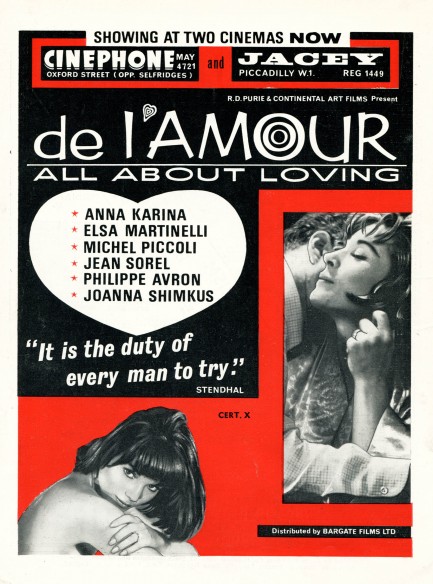
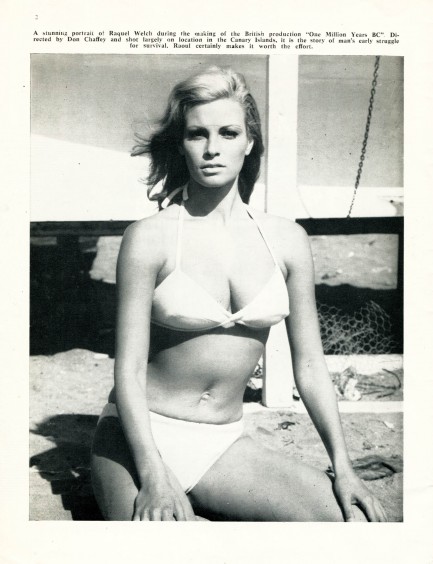
| Intl. Notebook | Oct 13 2011 |

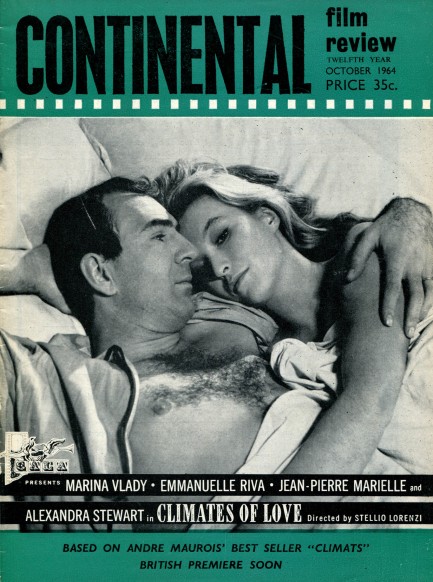
We’re posting scans from this issue of the British film magazine Continental Film Review for one reason—22-year-old Catherine Deneuve and her amazing, shampoo commercial hair. Take one look and you can really understand why the world was so smitten with her. You also get images of Claudia Cardinale, Nadja Tiller and others, all below, October 1964.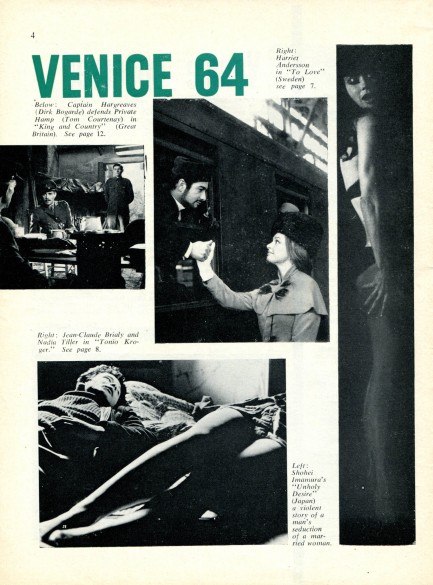
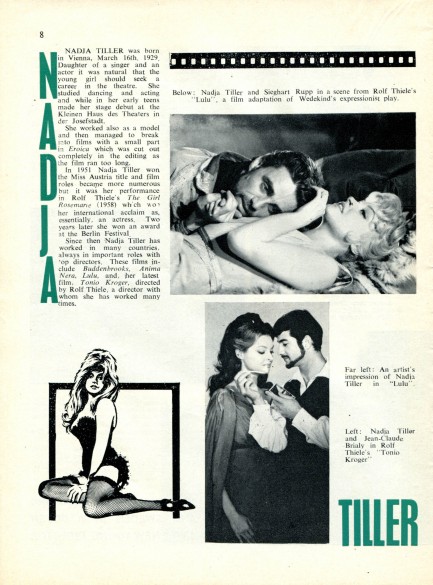
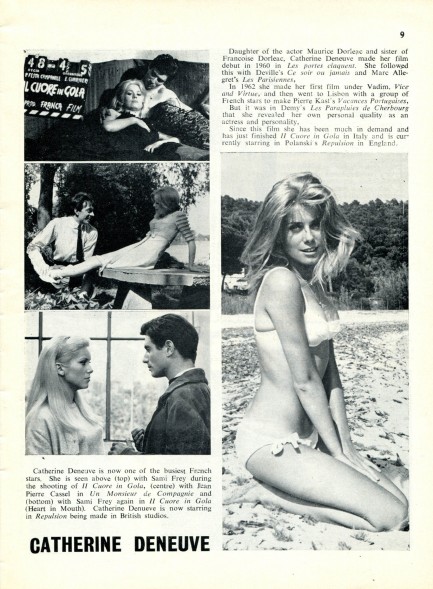
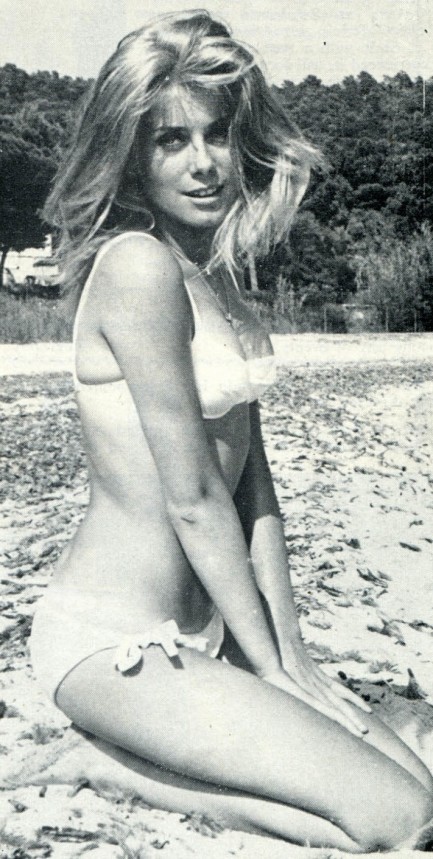
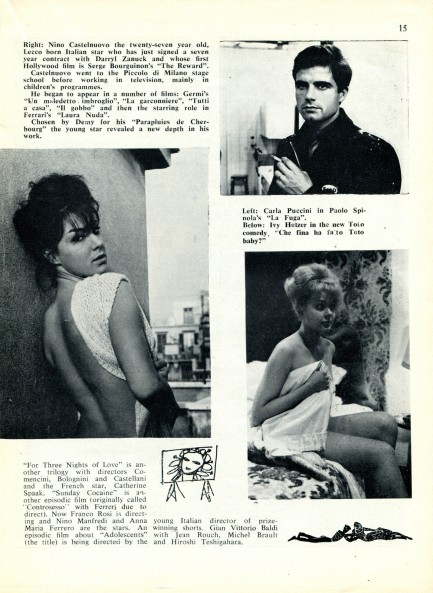
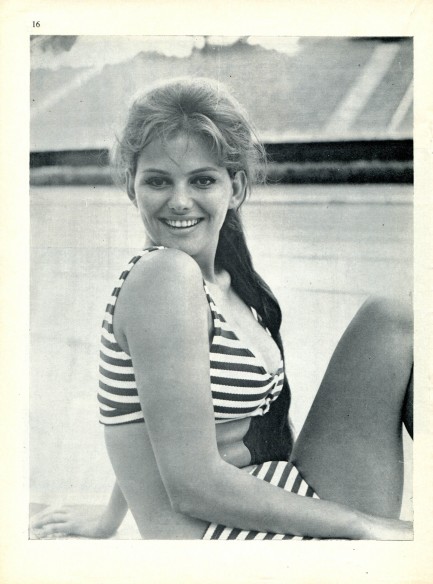
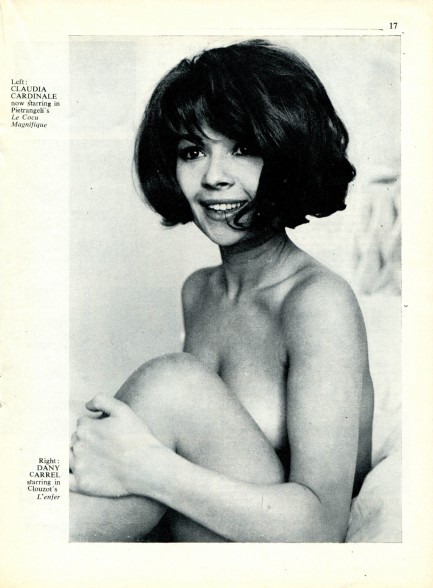
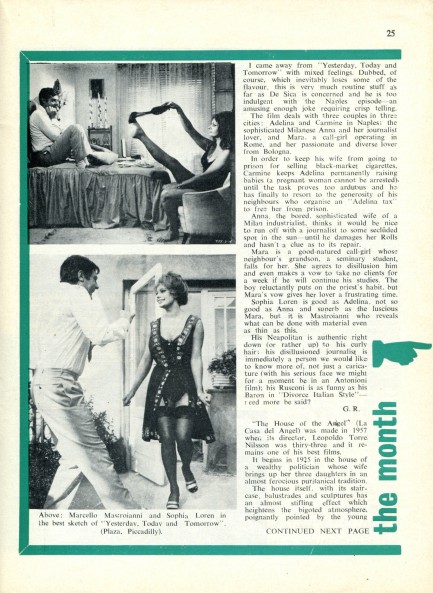
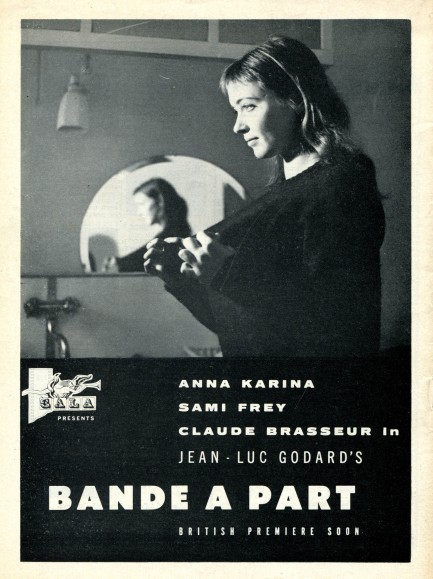
| Intl. Notebook | Jul 4 2011 |

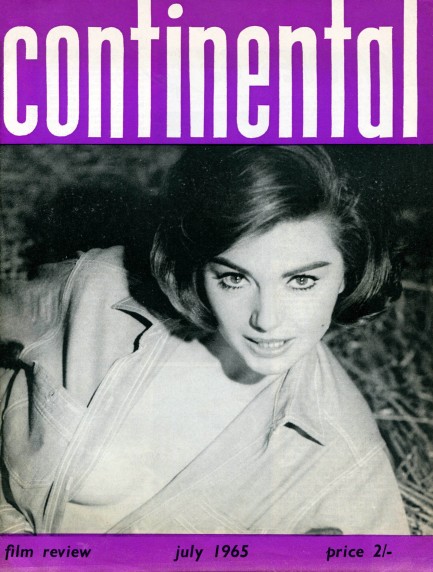
We located this July 1965 copy of the British cinema magazine Continental Film Review, and found two good reasons to post it—the great Sylva Koscina cover shot, and the adverts for London’s x-rated Compton Theater, at bottom. In between you get Ugo Tognozzi, Rossana Podesta, Luciana Gilli and more. CFR was actually one of the most serious and informed film magazines of its era, but instead of sharing scans of pages and pages of text, we posted the photos. However, in this issue are articles on the San Sebastian and Berlin film festivals, Canadian and Québécois cinema, and near-scholarly treatments on Italian neorealist director Vittorio De Sica, and Pier Paolo Pasolini’s award winning biblical film The Gospel According to St. Matthew. Doesn't that all sound great? See a CFR with Christina Lindberg here, and Laura Gemser here.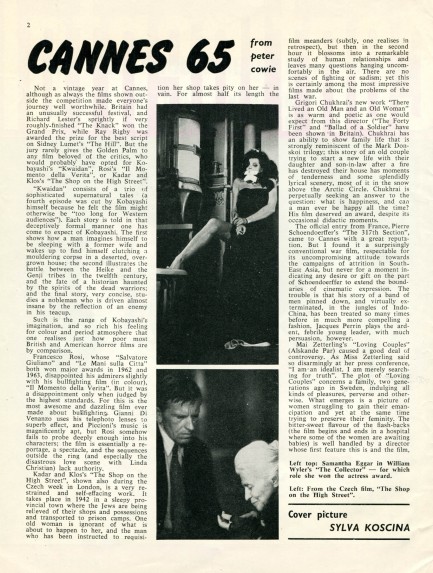
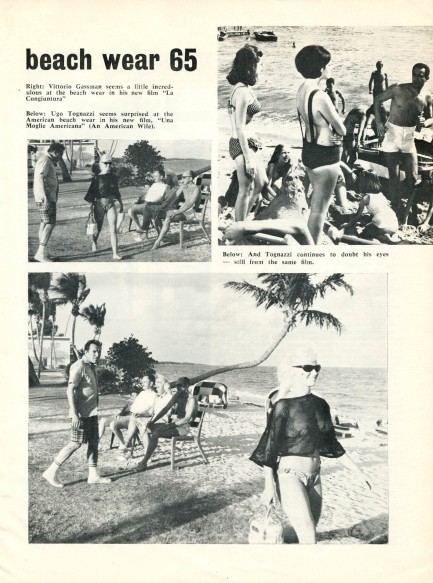
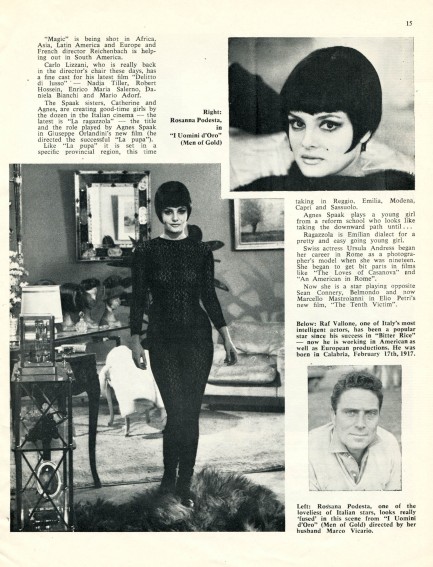
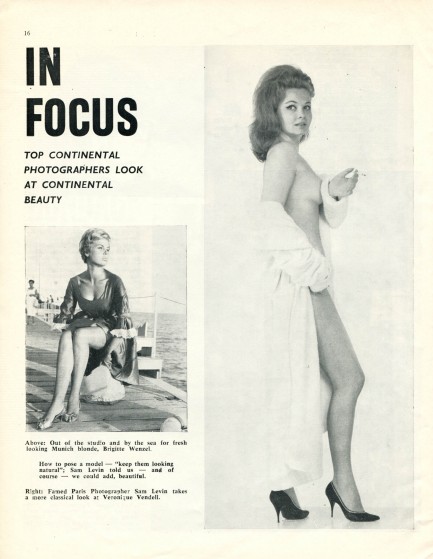
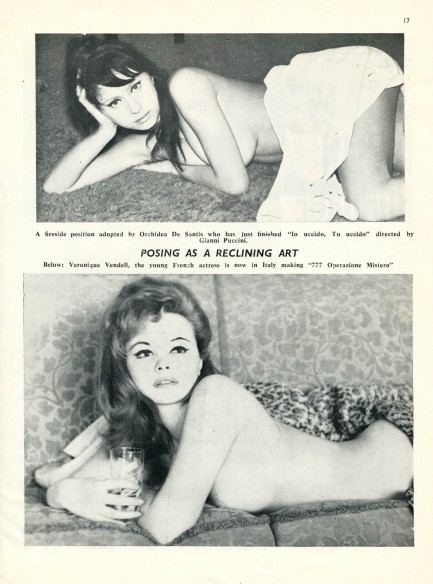
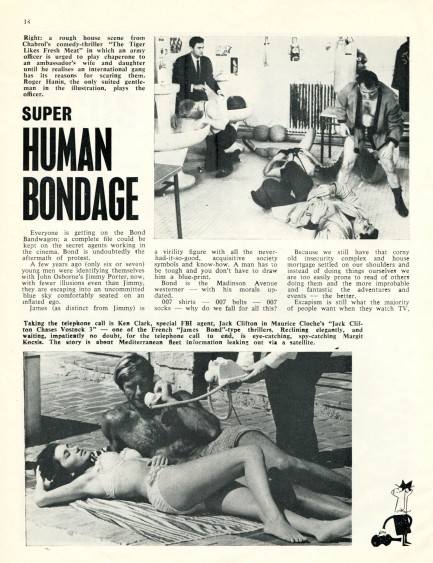
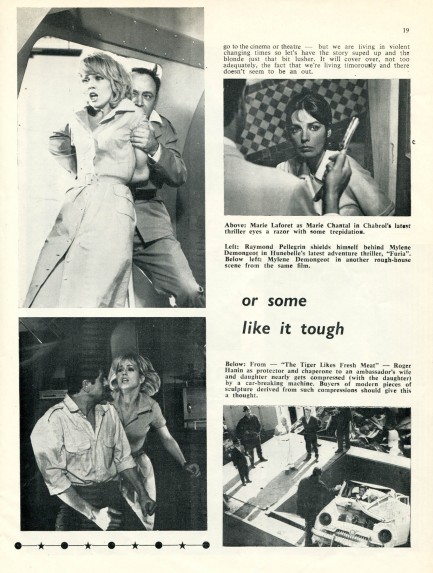
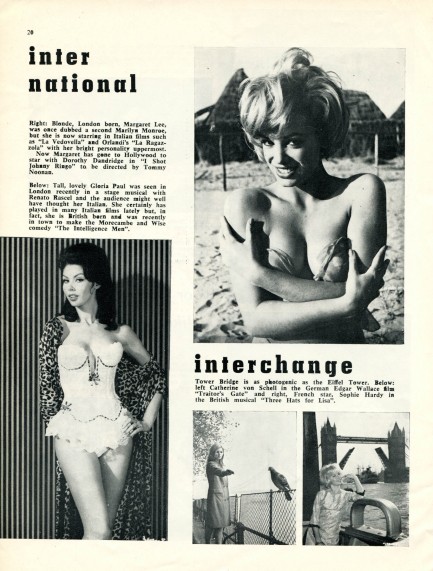
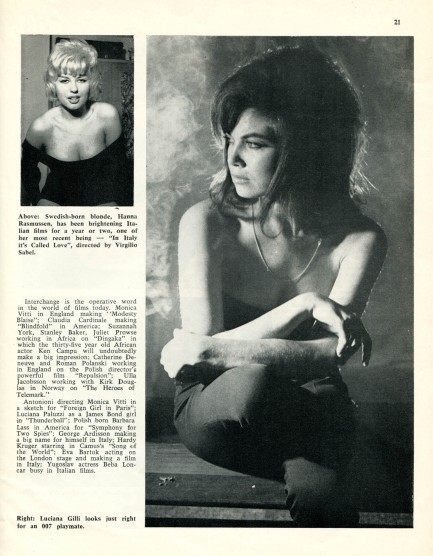

| Intl. Notebook | Dec 8 2010 |

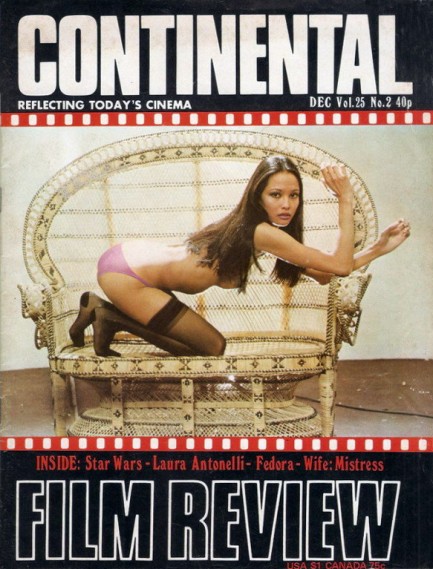
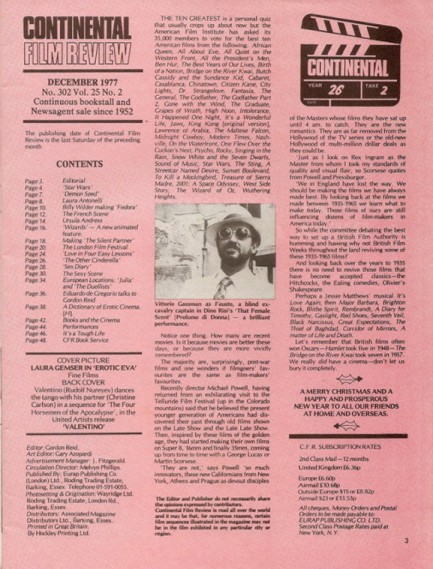
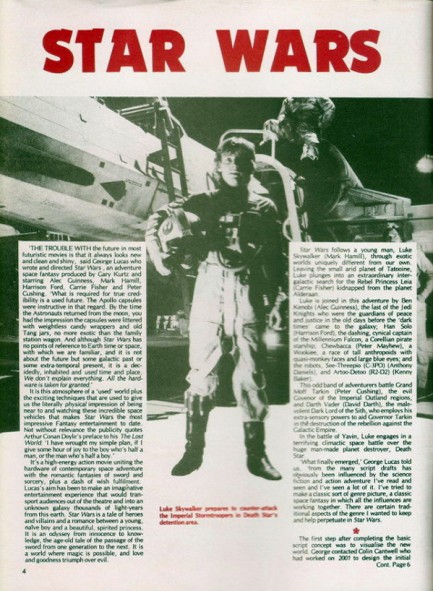
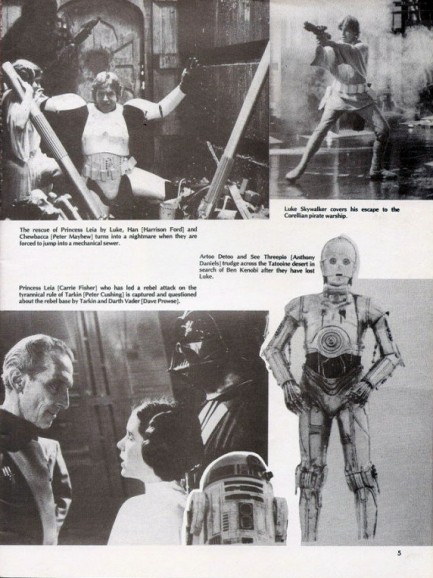
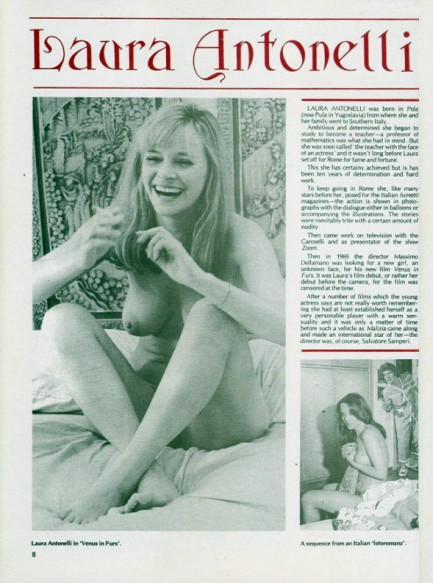
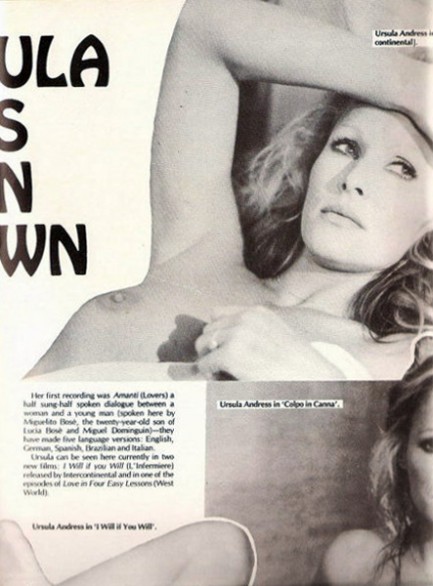
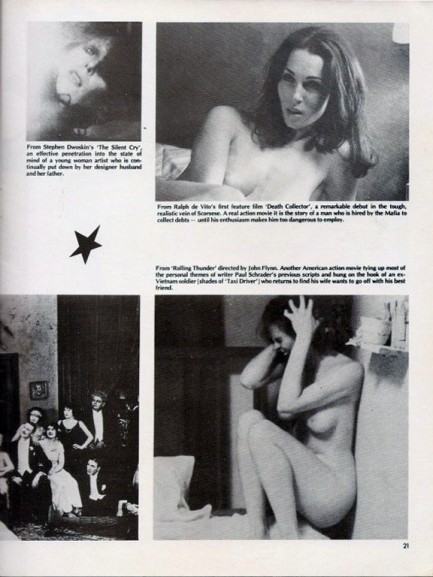
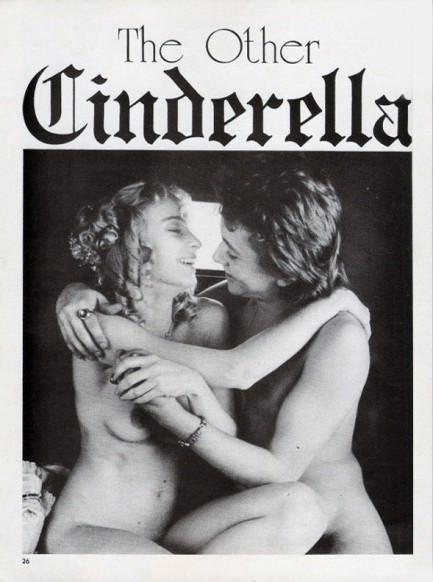
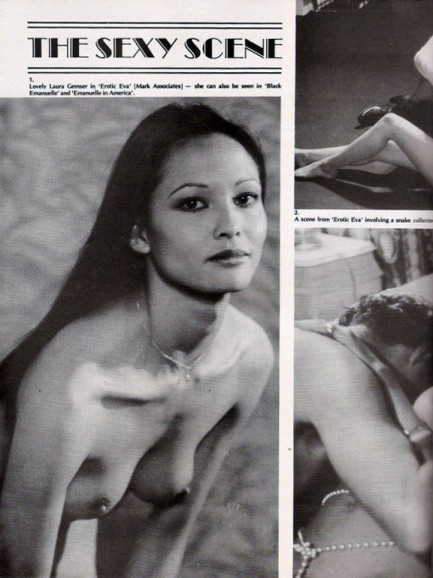
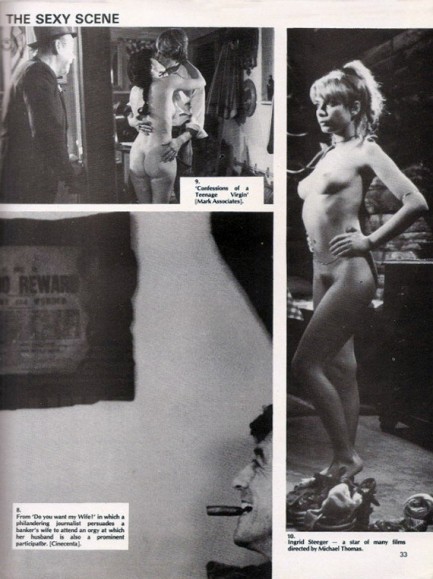

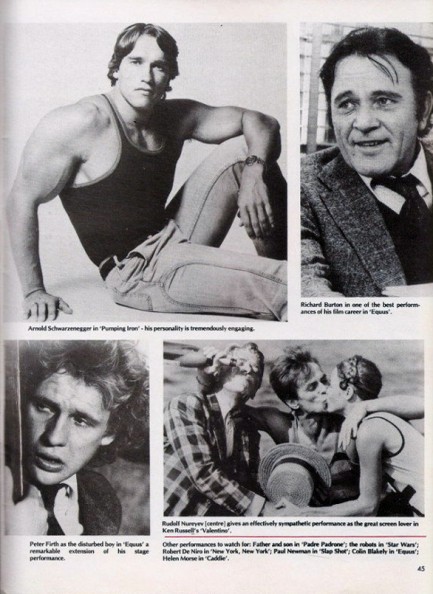
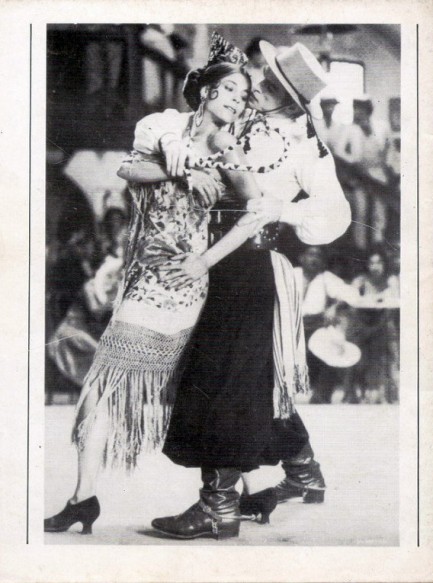
Above: the cover and assorted interior pages of the spicy British cinema magazine Continental Film Review, with uncovered shots of Laura Gemser, Laura Antonelli, Ursula Andress, Ingrid Steeger and others, December 1977. You can see another issue here.
| Intl. Notebook | Apr 4 2009 |

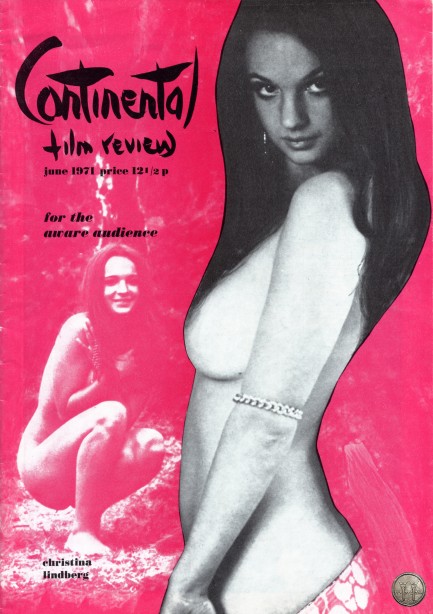
Here’s one of our favorite old magazines, the great Continental Film Review, with a cover shot of one our favorite vintage actresses, Christina Lindberg, who you may remember from our post about Sex & Fury a while back. CFR was published in Britain and, like other magazines of its ilk, such as France’s Cine-Revue, purposely blurred the line between journalism and smut by publishing sober reviews and features, while not-so-incidentally showing acres of skin. Their wry, we’re-not-really-porn approach was a roaring success across four decades, from 1952 until 1983. We have some racy interior pages below, featuring more Lindberg, as well as Marion Forster, Gabriela Grimaldi, Veronique Vendell and others. And at bottom, in the final panel, we've located the orginal image upon which CFR based their cover image. Enjoy.